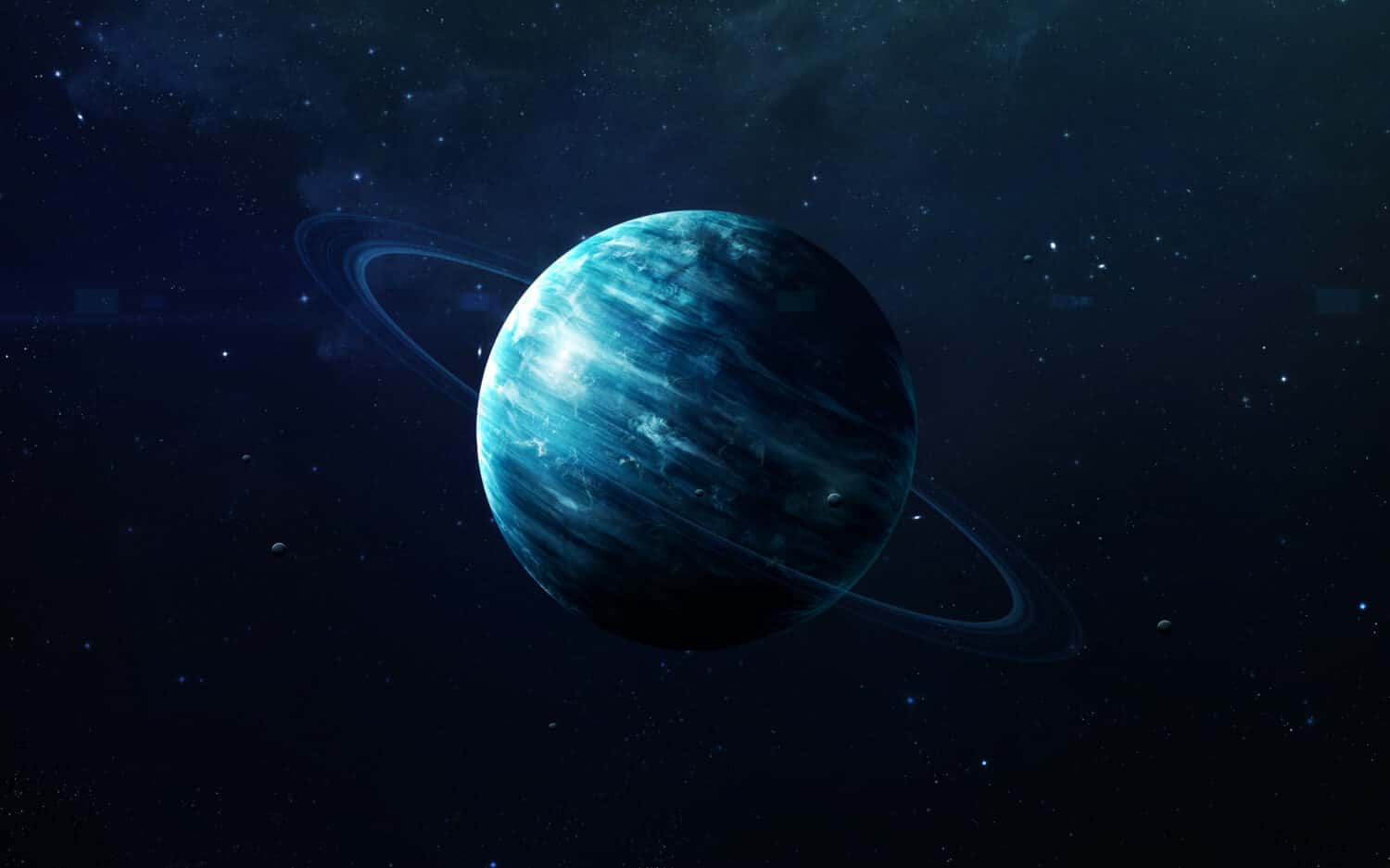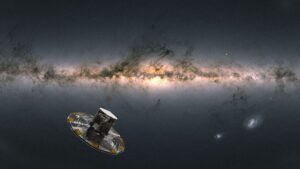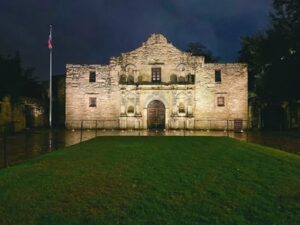On March 13, 1781, Uranus, the seventh planet in our solar system, was discovered by chance.
William Herschel, a self-taught British-German astronomer, discovered the planet while observing through his telescope.
Herschel’s passion for astronomy ignited when he was 34 years old, transitioning from a successful career as a composer and musician.
Historically, telescope options were quite limited. On that particular evening, Herschel utilized a custom-built telescope of his own creation.
He observed a faint, disk-shaped object in the sky moving across the backdrop of stationary stars. Initially, he suspected it might be a comet, but its sluggish motion suggested otherwise.
Upon closer examination, he identified the celestial body as a newly discovered planet, marking the first time a planet had been observed using a telescope.
Though the planet was first observed as early as 1690, ancient astronomers did not fully understand what they were seeing at the time.
Herschel, having made the discovery and recognizing its importance, chose to name the planet himself.
He suggested the name “Georgie Sides” to pay tribute to King George III, but his colleagues disagreed. They chose the name “Uranus” instead, following the convention of naming planets after figures from ancient mythology.
In Greek mythology, Uranus stands out as one of the primordial deities. Revered as the god of the sky, he was both the son and consort of Gaia, the Earth mother.
Their descendants, known as the Titans, rose to power and defeated their father to dominate the world. However, the Titans were later defeated by Zeus and his siblings, who established themselves as the ruling Olympian gods.
King George III was impressed by Herschel’s contributions and honored him by bestowing knighthood upon him. Additionally, the king appointed Herschel as the court astronomer, granting him the opportunity to dedicate himself entirely to the study of the cosmos.
He made groundbreaking discoveries by identifying multiple moons, introducing the term ‘asteroid,’ creating a comprehensive catalog of over 2,500 celestial objects that remains relevant today, and developing several innovative telescopes.
Between 1785 and 1789, Herschel built a telescope at the Observatory House in Slough, England. Measuring 40 feet in length, it was celebrated as the largest telescope in the world for approximately 50 years.
Caroline Herschel, the younger sister of renowned astronomer William Herschel, made significant contributions to science herself. She played a crucial role in her brother’s research by meticulously polishing his telescopes, documenting celestial observations, and managing the editing and publication of his star catalogs. Additionally, Caroline Herschel discovered 14 new nebulae, eight comets, and compiled a comprehensive catalog of star clusters, further enhancing our understanding of the cosmos.

The sibling duo made significant strides in advancing astronomical discoveries. Notably, in 1977, the Kuiper Airborne Observatory played a key role in the discovery of rings around Uranus.
Uranus is the second planet in our solar system known for its ring system. It features 13 distinct rings and is orbited by 28 moons, as identified by scientists.
n 1986, humans reached the closest proximity to Uranus with the Voyager 2 spacecraft, which came within 50,600 miles of the planet’s cloud tops. This mission provided valuable images and data on Uranus’s rings, moons, atmosphere, and magnetic field.







